Why do we love cities? For all their stresses and shortcomings, cities hold unfathomable promise for intersecting lives and friendships, experiences and cultures. In cities—big and small—we find our communities!
At their best, cities are beacons of innovation and progress. But even our most prosperous cities are far from urban utopias. Economic inequality and residential segregation run rampant, excluding poor people and communities of color from sharing in the prosperity that they help generate.
As cities change and grow, we need to keep our communities in place and reverse disparities that are often built into outdated public policy and infrastructure. From urban renewal to gentrification, poor communities of color, lacking financial and political power, have had to fight to keep their homes, businesses, and culture in cities where prices are skyrocketing.
We know that the value of a city is not in the number of skyscrapers or in real estate figures, but in how a city can bring people together. The communities we build are what make us call a place our home. So as our cities evolve and adapt, it’s vital that we also keep treasured community spaces and traditions intact.
To celebrate the cities we love and all the promise and optimism they represent for us, we asked Sightline staff to share their favorite community spaces. These are the places that make cities great and the places—and people—we work every day to protect.
(Share your favorite community spaces with us—and why they matter to you—@Sightline, using the hashtag #Mycommunityishere)
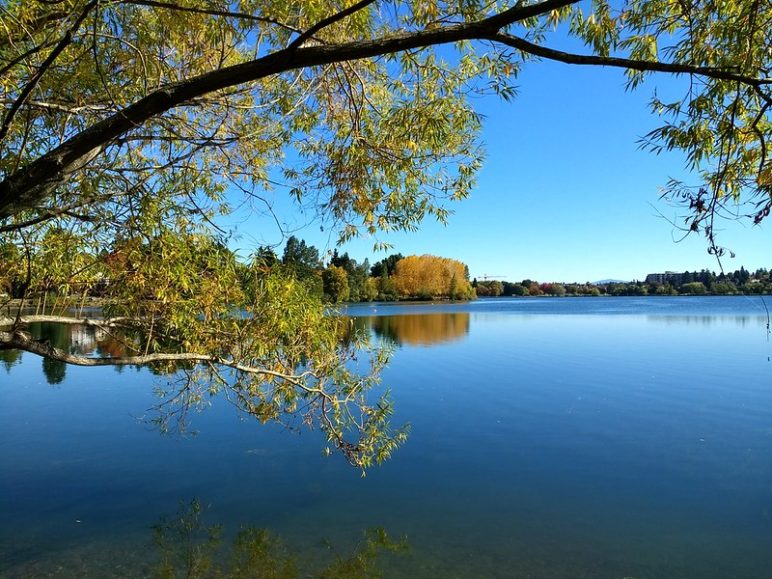
Pam MacRae
Favorite community space: Green Lake
Why it matters to me: My heart always warms when I see ALL the people at Green Lake on a summer evening—playing sports formally and informally, being in or on the water, lounging on the grass, walking along the path—being active, being outdoors, being with others. My recent personal niche in this has been the masters rowing program, based at the city’s small craft center and with classes administered by the city. I love that I can be active, outdoors, and social in a public space that’s a 10-minute bike ride from home. The masters team is small and friendly, and the community deepens over drinks at local pubs after practice and occasional potlucks.
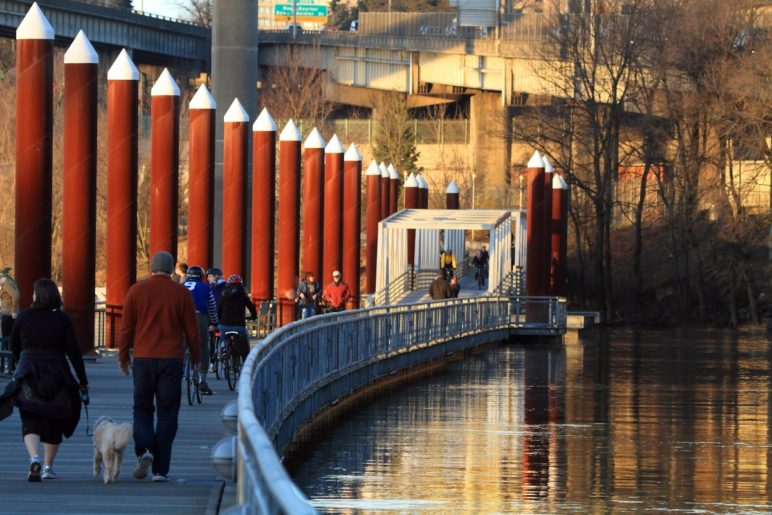
Michael Andersen
Favorite community space: Floating deck on Portland’s Eastbank Esplanade
Why it matters to me: Portland flushed away an incalculable amount of social, material and environmental wealth when it allowed I-5 to run right along the east bank of its downtown river. But in 2001, we reclaimed a little bit of it with this walking-biking path between shore and freeway. Many called it a boondoggle, but it was probably the single most important infrastructure project that made Portland’s subsequent bike-commuting boom possible. The most audacious segment—really the only one not made pretty unpleasant by the roaring structure overhead—is one of the most beautiful places in the city, a row of benches that floats serenely just above the waves. They look across the river at the west-bank park that used to be an expressway and is now lined with cherry trees. Every time I walk or bike through this bit of civic engineering I’m awash in 10 years of memories from my work, friends, girlfriends, and my first date with my wife. It’s a little reminder of what we lose when we sacrifice public space in the name of speed, and the intangible rewards of clawing it back.
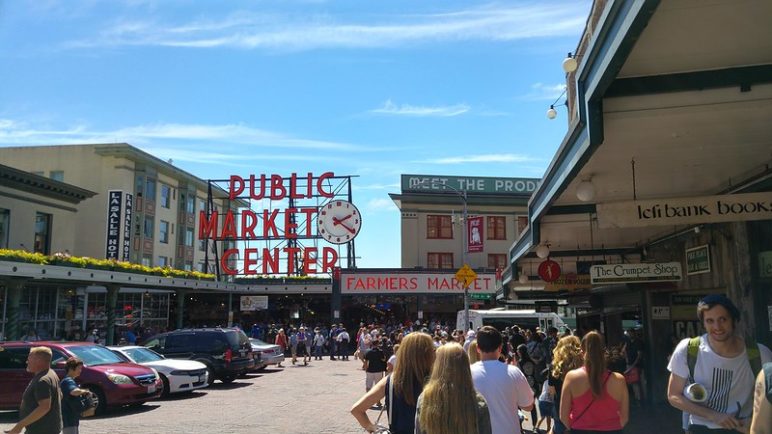
Terry Satran
Favorite community space: Pike Place Market
Why it matters to me: I spent my first year and a half in Seattle working in Pike Place Market with incredible, caring people. The foundation of my community was formed during potlucks, impromptu happy hours, and Market events thrown right under and in front of crowds of tourists. The sights, sounds, and occasionally smells of Pike Place Market remind me that I am home in Seattle.
Anna Fahey
Favorite community space: My local public library
Why it matters to me: When I moved to Anacortes, the librarians welcomed me and my kids. We found all kinds of things to do and I got a flavor for the community, from ukulele classes and toddler meet-ups to lectures, clothing swaps, and political discussions. The library hosts an annual literary-themed costume party and the staff goes all out (picture a librarian dressed as Professor McGonagall or Severus Snape). It’s all free. Our library is where all kinds of people find each other (and books, too).
Eric de Place
Favorite community space: Sports facilities at public parks
Why it matters to me: In a world of virtual experiences and “social” media, I’m grateful for the places where children can be together in their animal bodies. In fair weather and foul, I’ve watched kids flourish on the soccer pitch, the basketball court, the baseball diamond, and more. It seems like there must be 1,001 activities made possible by muni rec leagues and the playfields that grace our city. And as you count down the minutes to halftime, you’ll find a half dozen new friends gathered around.
Aven Frey
Favorite community space: the passenger decks of the Washington State Ferries
Why it matters to me: Since our commute is one hour each way, this is where we do most of our socializing outside work, and where we’ve made most of our friends since moving from Seattle to Bremerton. It’s a long commute, so people tend to actually sit and chat with one another, and since you tend to see the same people day in and day out, there’s an incentive to be friendly and helpful. It’s a little bit like a high school cafeteria in that people tend to be a little cliquish—the cyclists sit with the other cyclists, the construction workers tend to congregate in the galley, and there’s still that table of young male nerds playing table top games—but I’ve also noticed that when ferry folks run into each other off the ferry, even if we’ve never spoken before, there’s still usually a friendly exchange, or at least a nod of mutual recognition. I think that there’s just something special and indescribable about taking a long slow boat to work across the Puget Sound, and it seems to bind us together in a way, no matter the rest of our lives outside those two hours might be like.
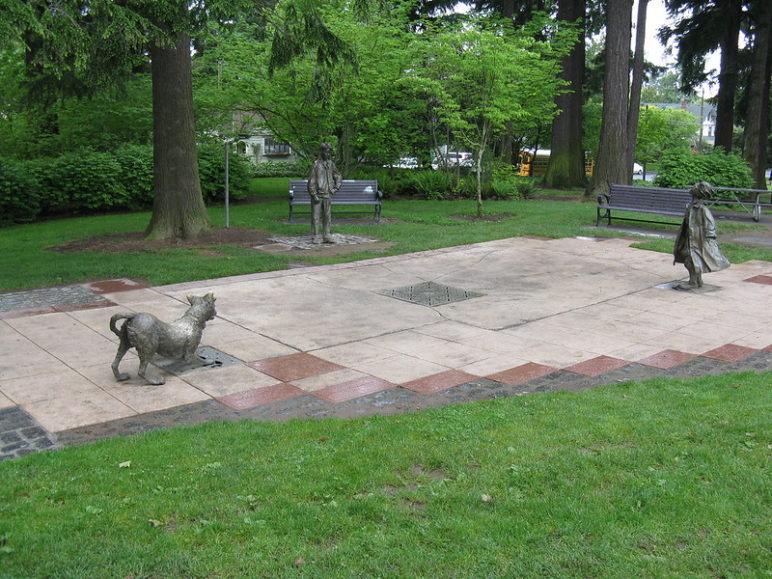
Ed Guzman
Favorite community space: Grant Park
Why it matters to me: There’s a line from the movie Annie Hall, where the Woody Allen character explains why he can’t live in the country. Among the many disqualifying qualities for him? “There’s no place to walk after dinner!” In my latest chapter of urban living, in Portland, I have quickly fallen into a routine with, yes, my post-dinner walks. Just half a mile from my home is Grant Park, a lovely neighborhood park that is right next to the newly-refurbished Grant High School, which my two sons attend. There are monuments to the characters of Beverly Cleary’s iconic novels, but there’s also lots of room to roam, play, sit and ponder. On those endless summer days, it’s nirvana. On the dark winter nights, it’s no less of a destination as I digest the latest family dinner.
Riley Kent
Favorite community space: Caffe Ladro
Why it matters to me: This is a very small downtown Seattle branch of the Caffe Ladro franchise—a little awkwardly tucked next to a gallery entrance, and mostly overlooked except by those who work within a couple of blocks. As such, the majority of customers are regulars—the baristas all know us by name (and many of us know all of their names, too), and there’s a general sense of openness and genuine connection amongst staff and patrons that keeps me coming back. It’s a micro-community, but one I’m very grateful for!
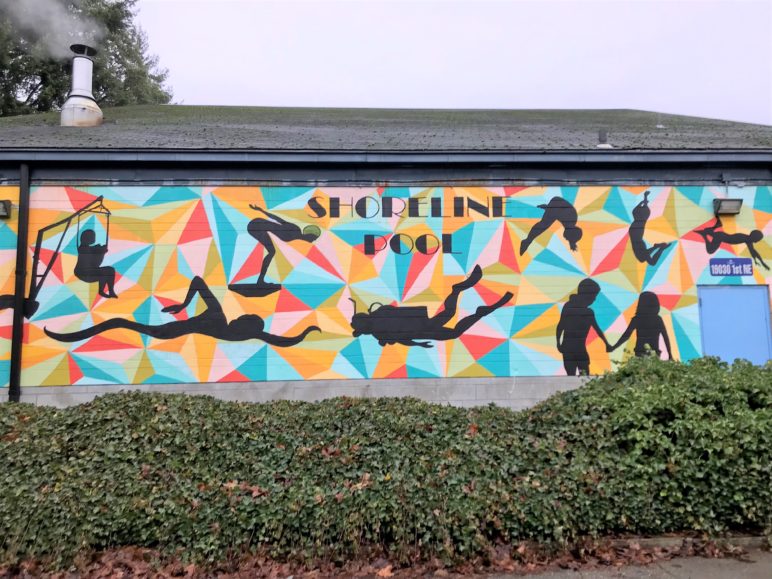
Nisma Gabobe
Favorite community space: Shoreline swimming pool
Why it matters to me: My parents, who grew up alongside the Gulf of Aden in Yemen, always knew the importance of being able to swim and so they signed up my siblings and me for lessons early on. People think of swimming as a solitary sport, but the local pool is where I met some of my closest friends and mentors. As one of the few constants in my childhood, the pool always felt like a second home and a twinge of nostalgia hits whenever I pass by. It’s one of the few community spaces I frequented as a child that still exists, continuing to give kids a safe space to learn and play. Although I don’t go very often now that I’ve moved away from Shoreline, that pool will always have a special place in my heart.
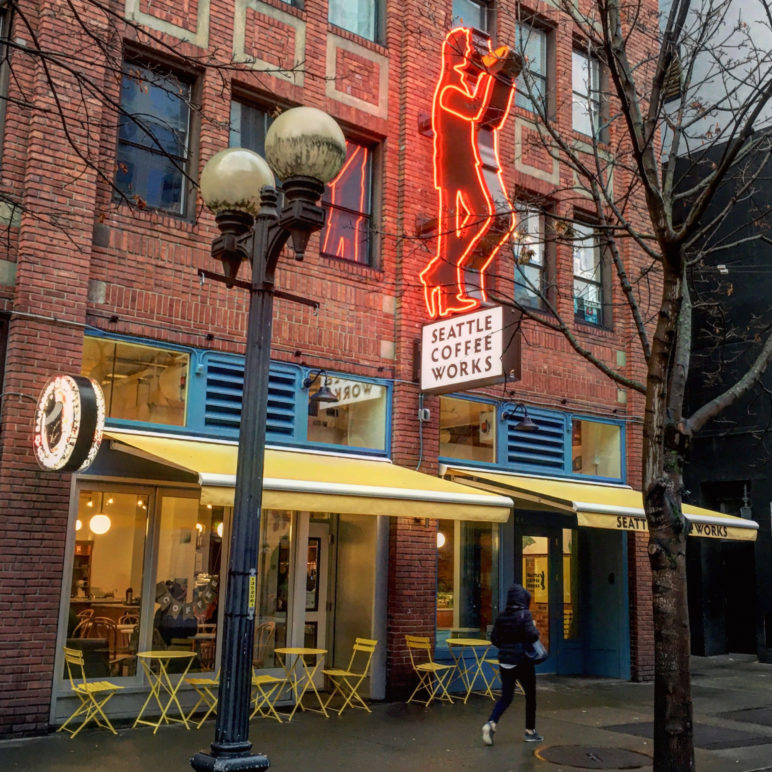
Dan Bertolet
Favorite community space: Seattle Coffee Works
Why it matters to me: This week, I walked from work to Seattle Coffee Works (SCW) to take pictures for this Sightline piece and I ran into an old friend I hadn’t seen in over a year. That’s the magic of good urban community spaces: they bring people together serendipitously. Plus, that friend happens to be the very same person who took me to SCW for the first time way back in 2007 (yep, one of those moments that seems like too much of a coincidence…).
I dug the SCW vibe so much back then I blogged about it twice (check out hammering man ousted by drinking man and bacon cupcakes). SCW’s chatty German owner Sebastian was the first coffee snob to show me how good straight espresso can be when it’s done right. And I’ve probably quaffed close to 2,000 of those exquisite little cups over the 12 years I’ve been a weekday regular.
I’ve also watched Sebastian move the cafe twice and open three additional ones, as we traded stories about our kids growing up over the years. I’ve seen dozens of friendly young baristas come and go. And I’ve had hundreds of caffeine-sparkled conversations—planned and unplanned—with friends and colleagues about coffee and bicycles and land use and love and life.
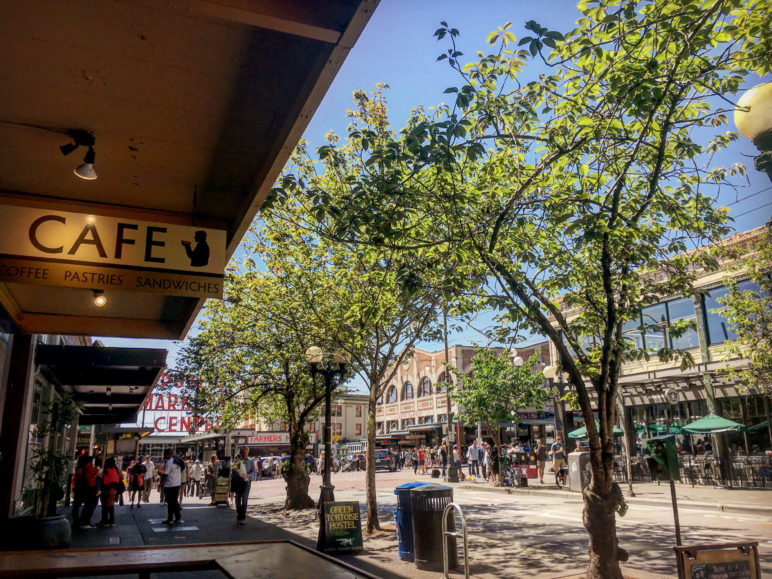
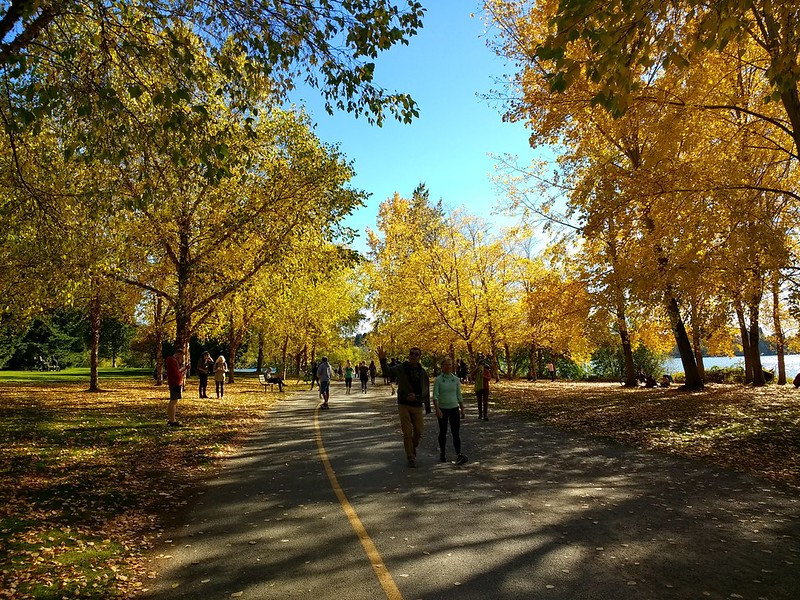

Comments are closed.